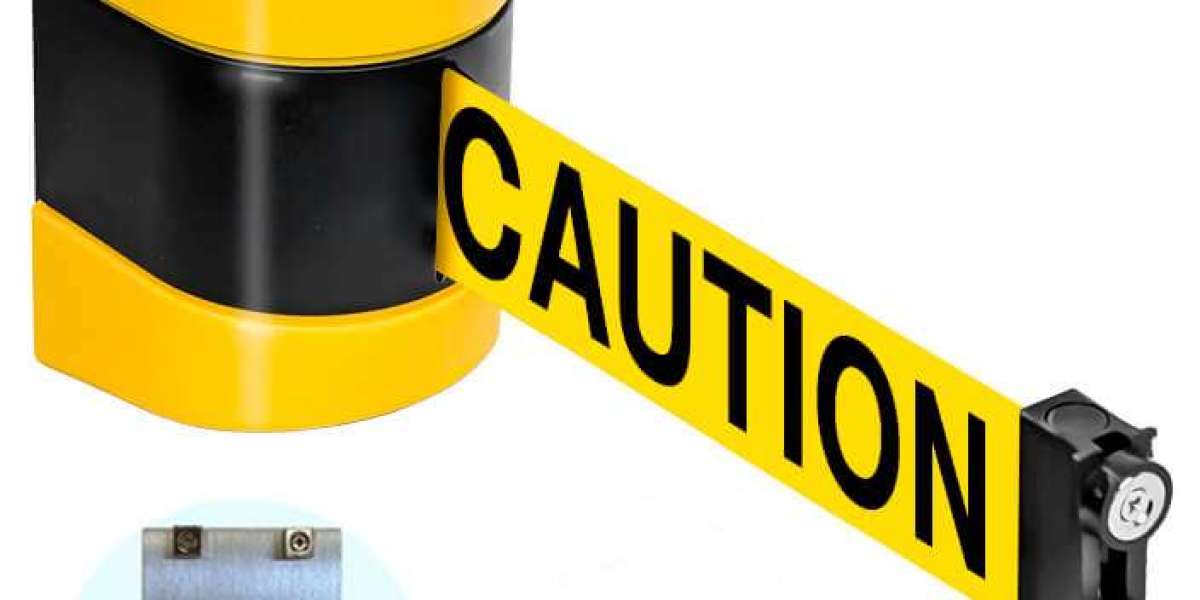In today’s industrial and commercial environments, safety is paramount. One of the most effective ways to ensure safety is through the use of retractable safety barriers. These barriers not only help in managing pedestrian and vehicle traffic but also provide a visual signal for hazardous areas. However, with a plethora of options available on the market, choosing the right retractable safety barrier for your facility can be daunting. This article will guide you through the process of selecting the appropriate safety barriers, taking into account factors such as the environment, purpose, and usability. We will also highlight the importance of compliance with safety regulations and the need for regular maintenance.
Understanding the Purpose of Safety Barriers
Before diving into the selection process, it is essential to understand the purpose of safety barriers. These barriers serve multiple functions, such as directing traffic, preventing unauthorized access, and protecting employees from potential hazards. For instance, in a warehouse setting, retractable barriers can be used to cordon off areas where forklifts are in operation, keeping pedestrians safe. Similarly, in retail spaces, they can manage queues and prevent customers from entering restricted areas. Understanding the specific needs of your facility will provide a solid foundation for making an informed choice.
Assessing the Environment
The environment where the safety barriers will be installed plays a crucial role in determining the right type. Different environments, such as indoor warehouses, outdoor construction sites, or retail spaces, require distinct considerations. For instance, outdoor barriers must withstand various weather conditions, such as rain or high winds, requiring materials that are more durable, like heavy-duty plastic or metal. Indoor barriers, on the other hand, may prioritize aesthetics and ease of portability. Evaluating the environment will help you select retractable safety barriers that are not only effective but also long-lasting.
Material Considerations
When selecting retractable safety barriers, the material from which they are made is a critical factor. Common materials include plastic, metal, and fabric. Plastic barriers are lightweight and portable, making them ideal for temporary setups or areas requiring frequent reconfiguration. Metal barriers, while heavier, offer greater durability and are suitable for more permanent installations. Fabric barriers can be used for visual cues and are often customizable with logos or safety messages. Understanding the advantages and disadvantages of each material will help you make a decision that aligns with your facility’s needs.
Retractable Mechanisms and Design
The retractable mechanism is another vital feature to consider. Barriers come with various retractable systems, including manual and automatic options. Manual retractable barriers are typically more cost-effective but may require more labor to deploy and retract. Automatic barriers, while generally more expensive, offer convenience and efficiency, particularly in high-traffic areas. Additionally, the design of the barrier should be user-friendly, ensuring that employees can deploy and retract it with ease. Assessing the balance between cost, functionality, and ease of use is essential for making the right choice.
Compliance with Safety Regulations
Safety regulations often dictate the requirements for safety barriers in various industries. Compliance with local, state, and federal safety standards is not just a legal obligation; it also ensures the effectiveness of the barriers in protecting your employees and customers. Standards may specify the height, color, and reflective properties of the barriers. Before making a purchase, consult relevant safety regulations and guidelines to ensure that your chosen barriers meet all necessary requirements. This proactive approach can save your facility from potential legal issues and enhance overall safety.
Cost Considerations
While safety should always be a priority, budget constraints can influence your decision. Understanding the total cost of ownership, which includes initial purchase price, installation, and maintenance, is crucial. Higher-quality barriers may come with a more substantial upfront cost but could result in lower maintenance expenses over time. Additionally, consider the potential costs associated with workplace accidents due to inadequate safety measures. Investing in quality retractable barriers can ultimately lead to significant savings by reducing the likelihood of injuries and associated costs.
Maintenance and Durability
Durability and maintenance are essential factors to consider when selecting retractable safety barriers. Regular maintenance is necessary to ensure that the barriers remain functional and effective. Some materials may require more frequent maintenance than others. For instance, metal barriers may rust if not adequately treated, while plastic barriers might become brittle over time with exposure to harsh weather conditions. Establishing a maintenance schedule and understanding the lifespan of the selected barriers can help you avoid unexpected repairs and replacements, ensuring long-term reliability.
User Training and Awareness
Once you have selected the appropriate retractable safety barriers, it’s essential to train your staff on their proper use. Employees should understand how to deploy and retract the barriers safely and effectively. Additionally, raising awareness about the importance of safety barriers can foster a culture of safety within your facility. Regular training sessions and safety drills can reinforce proper usage and highlight the critical role that barriers play in maintaining a safe environment. Investing in employee training is a vital component of ensuring that your safety measures are effective.
Conclusion
Choosing the right retractable safety barriers for your facility is a decision that requires careful consideration of various factors, including the environment, materials, compliance with safety regulations, and maintenance needs. By understanding the purpose of safety barriers and assessing the unique needs of your facility, you can make an informed choice that enhances workplace safety. Remember, investing in quality safety barriers not only protects your employees and customers but also contributes to a culture of safety that can lead to increased productivity and reduced costs related to workplace incidents. The right retractable safety barriers can be an invaluable asset in promoting a safe and efficient working environment.








